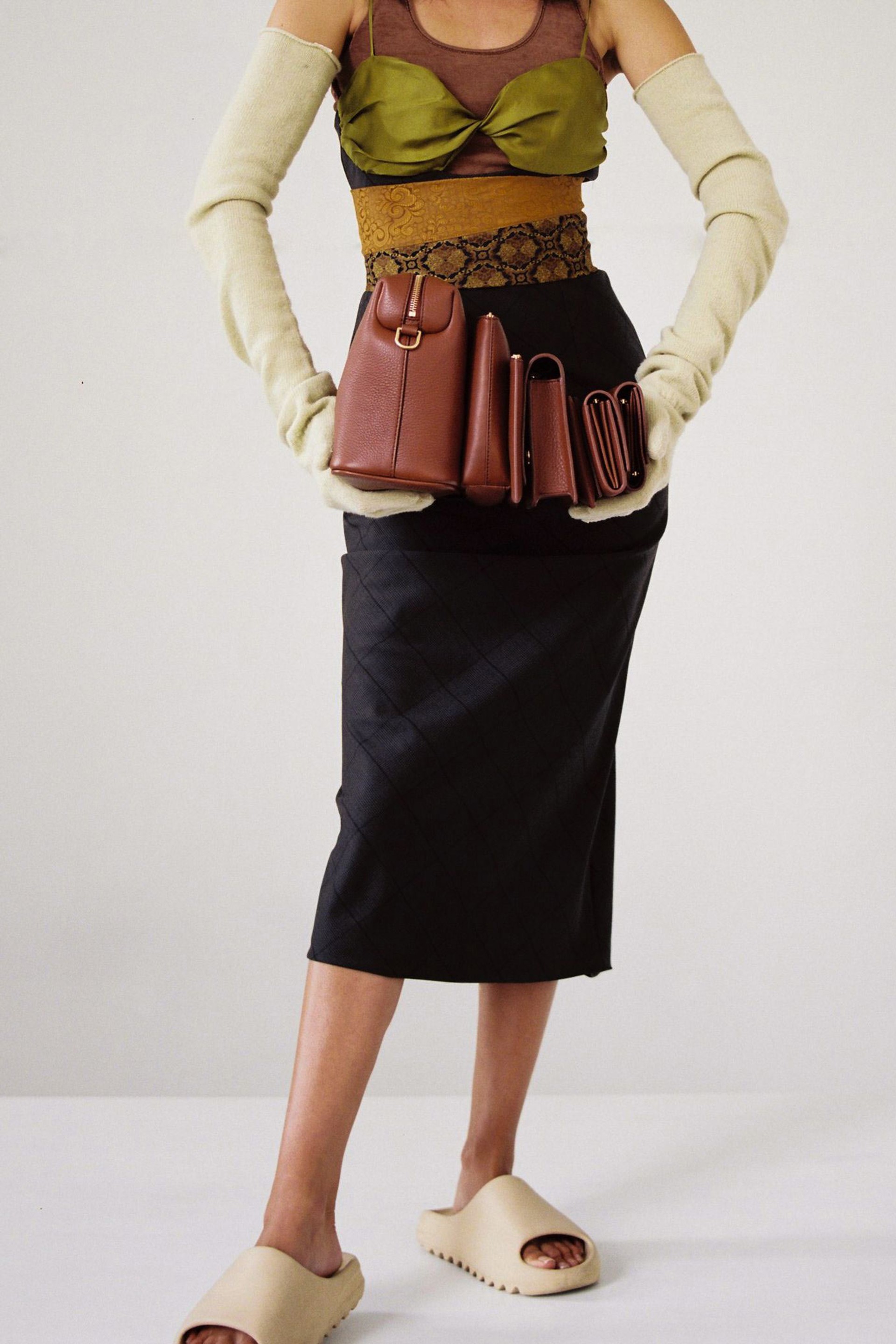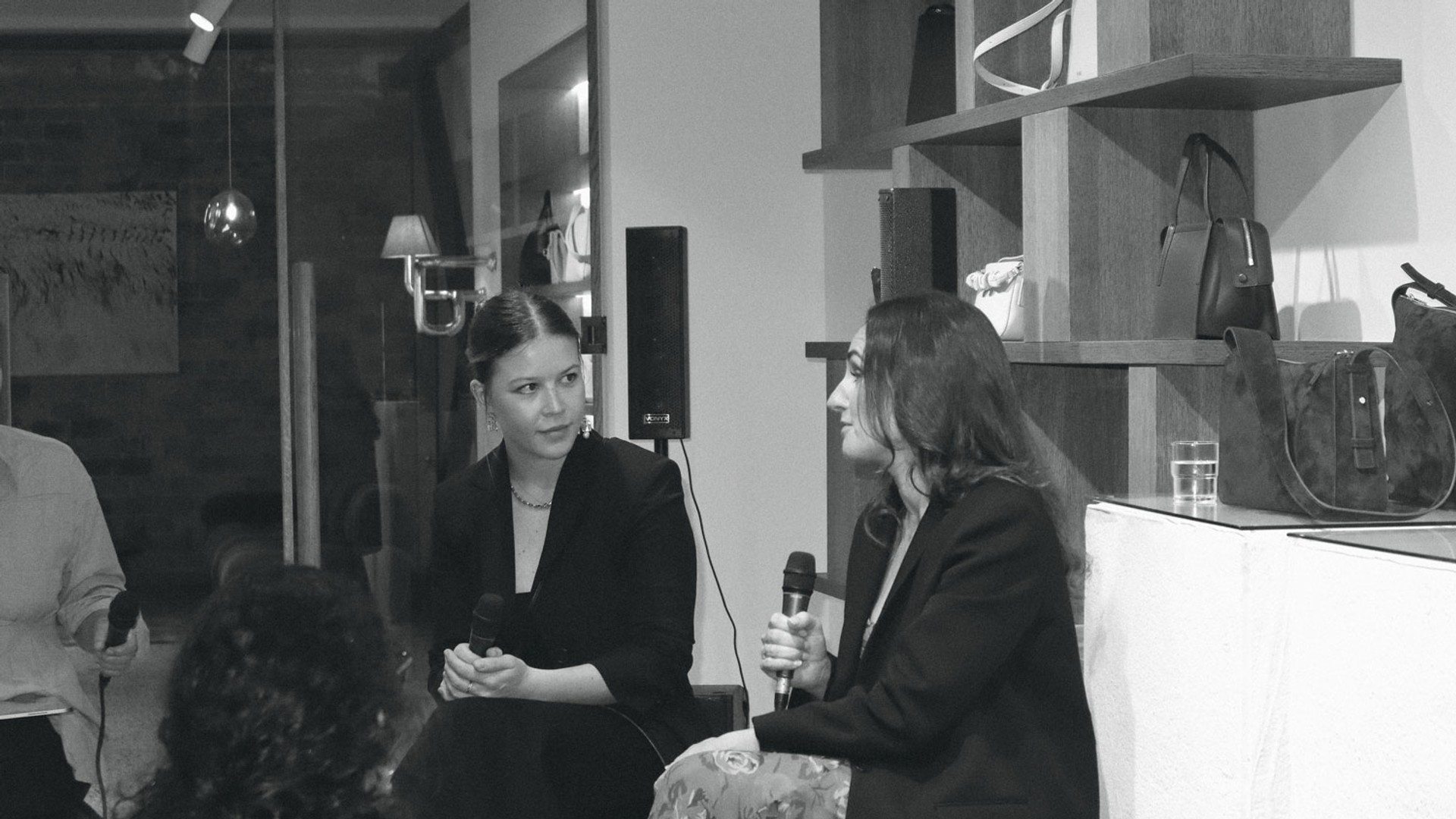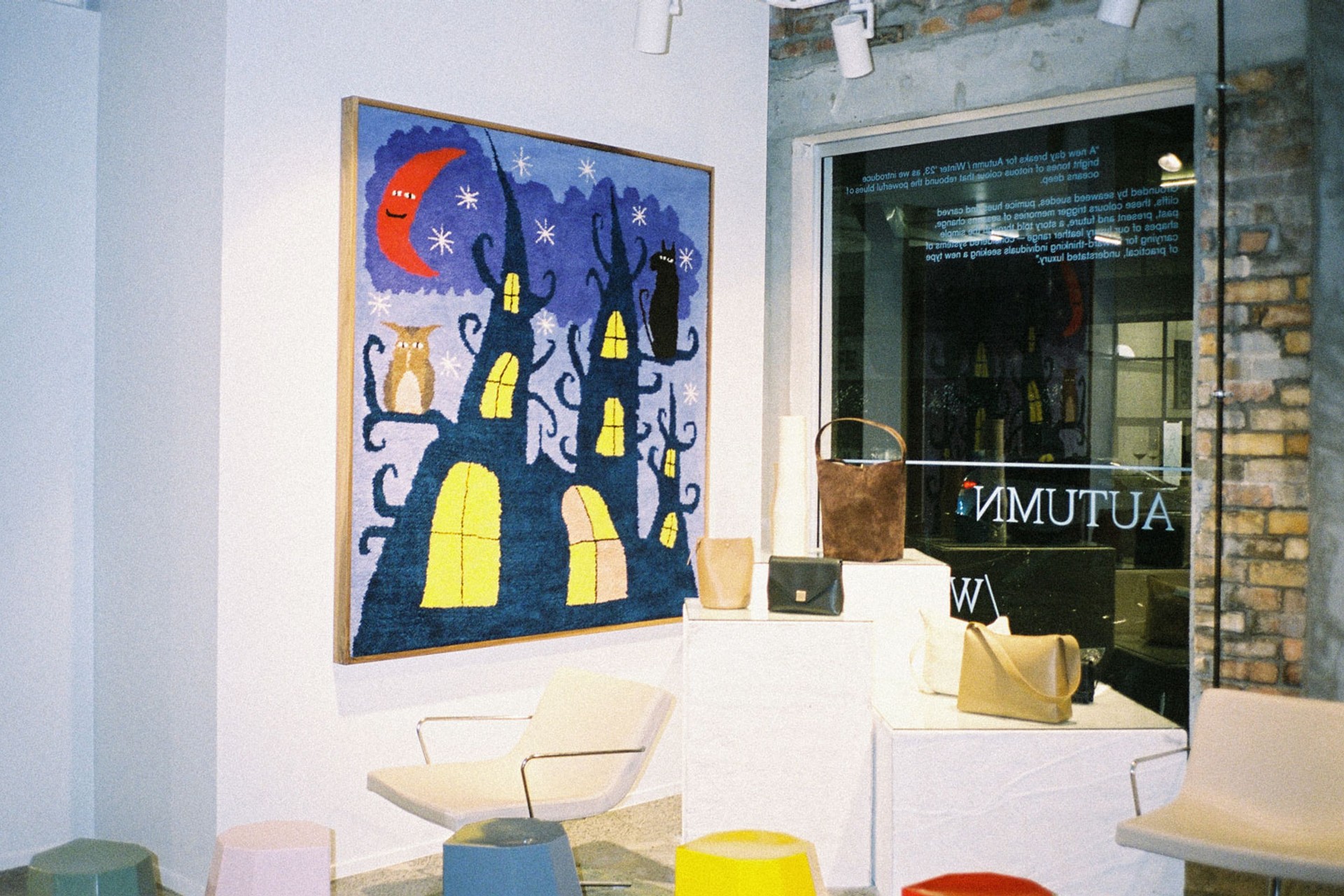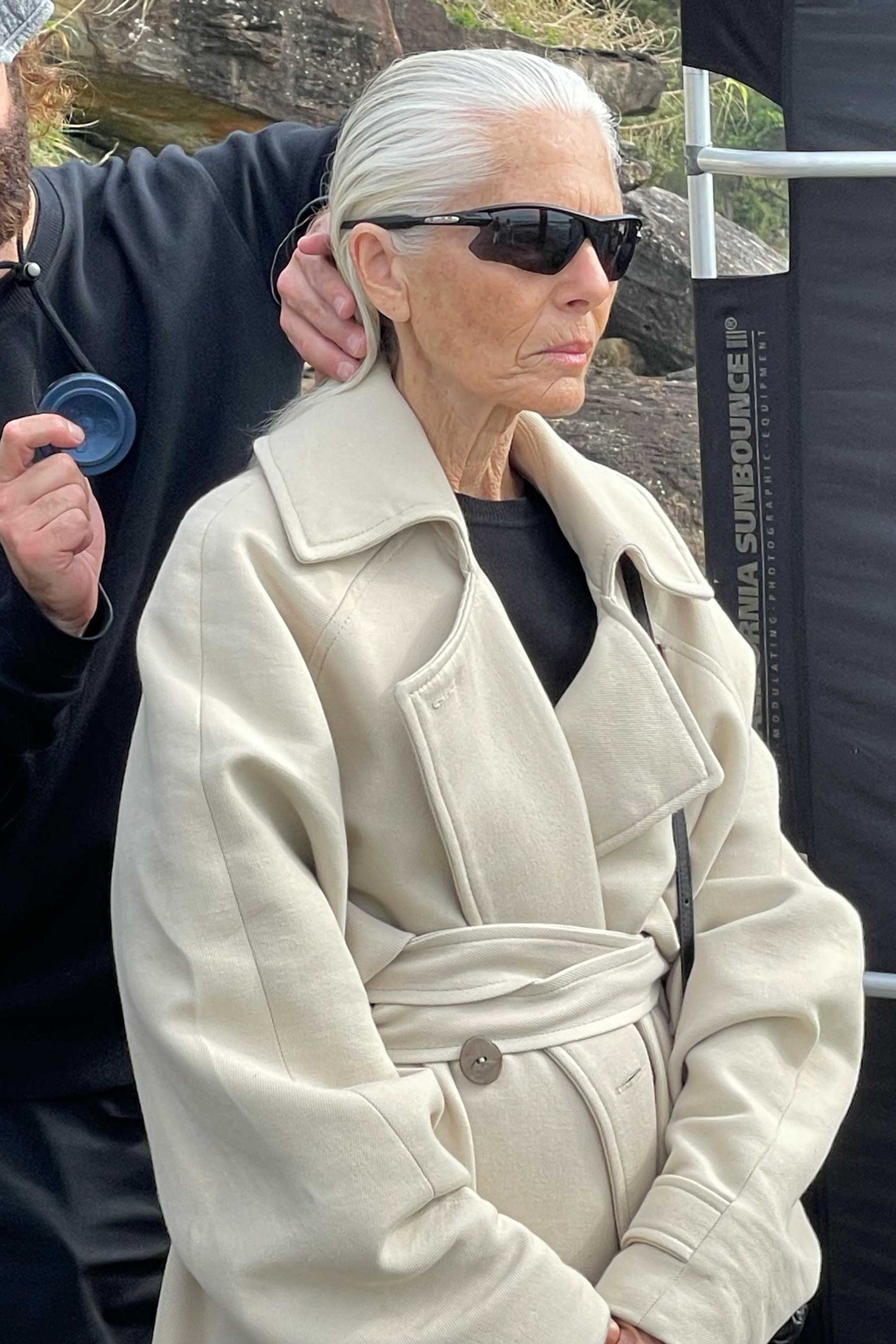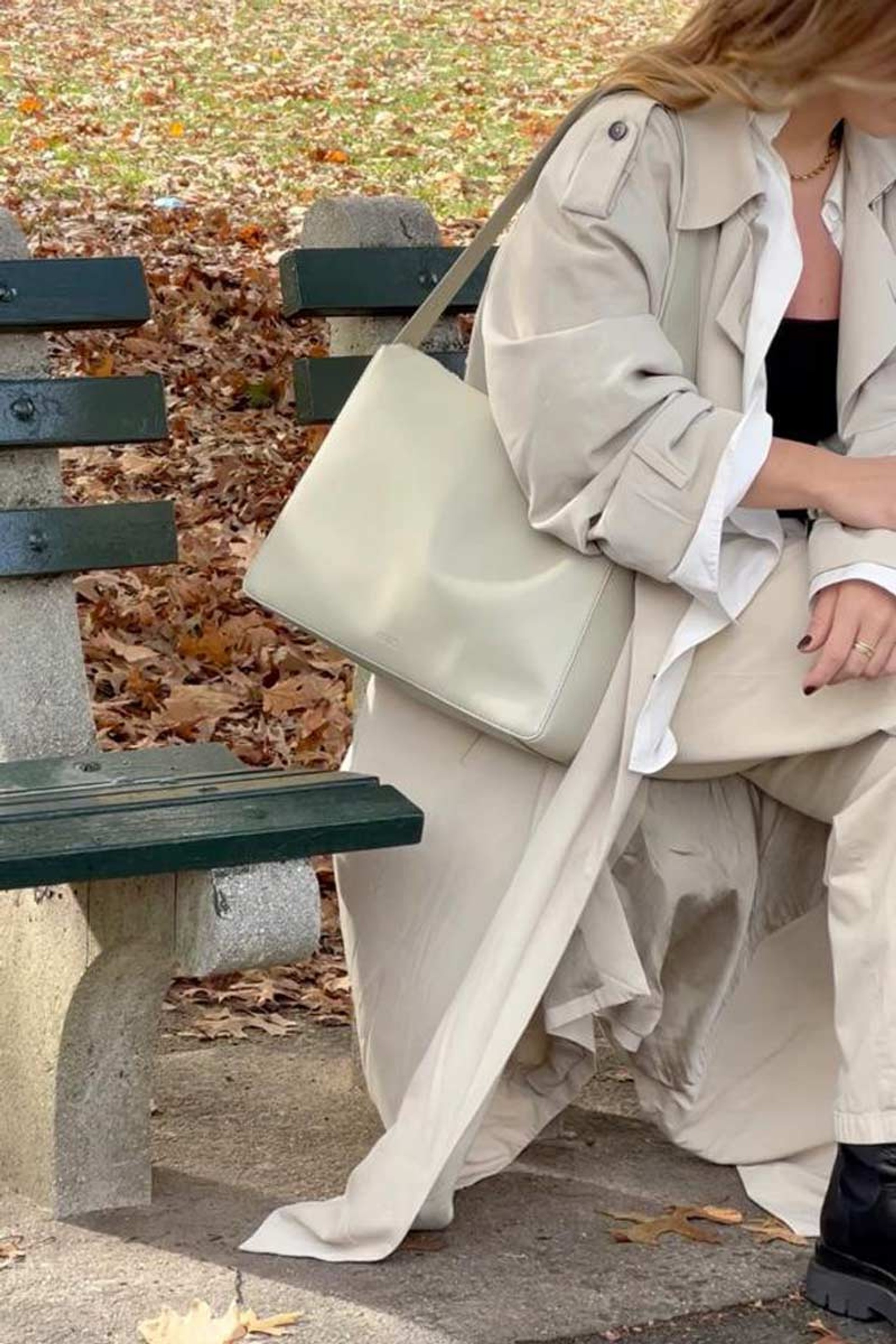Lounge Series: How we want to live
Jessie Wong and architect Jessica Barter of architecture and interior design studio, Bureaux
Last year, we hosted the first live event of our Club Yu Mei Lounge Series. How We Want to Live was a design discussion between architect Jessica Barter of award-winning architecture and interior design studio, Bureaux, and Jessie Wong. Gallerist Sarah Hopkinson was on hand to pose questions. Read on for their conversation exploring their parallels in design process, materials, and the inspiration of daily life.
The Process
Sarah Hopkinson: What do you find the most challenging part of your design process?
Jessica Barter: I find the most challenging part of our design work is avoiding trends. These days, every client comes to us with a Pinterest board. They’ve bombarded themselves with all these different ideas: “I want this vanity, this light above the dining table. I love this kind of marble that’s everywhere at the moment.” It’s our job to try and find some quiet and some stillness in the design process. We try to work back from the latest design trend that they’ve seen, to a place where they’re asking themselves: how do we want to live?
Jessie Wong: My challenge is refining down. When I was studying, all of my collections would contain every single idea I could possibly cram into a piece of the work. I remember one of the comments from my lecturer, Simon Swale, was to turn off the tap of ideas. He made me realise you don’t have to squeeze the meaning of life into every single collection. From there on, I’ve set myself strict parameters. Everything has to be looked at through a precise lens. The one thing that I always come back to is that simplicity is complexity resolved. Everything should align and make sense in the language and the voice of Yu Mei.
SH: One of the defining characteristics of contemporary art is that it is often untethered from use value. There is an argument that its ’use’ is to provoke thought, but ultimately it doesn’t need to be practical... So I wanted to ask about form and function, and how you navigate the intersection in both of your practices.
JB: Function is hugely important to us. In our studio, we have no tolerance for something that isn’t comfortable or doesn’t work. Whether that’s a table that you can’t sit at properly, or a space that’s neglected because it’s awkward—there are a million examples. Our job is to design spaces and scenarios that run alongside habit and behaviour. You’re walking in here... then you need to get something out of this cupboard. You need to apply function to everything. It should be seamless.
JW: When we’re designing it’s a similar thing. Each Yu Mei bag is named after the personality of someone who had a need that wasn’t being met. A good example would be our Claudia Tote. When you pick up that bag, the handles drop is long enough to pick it up without your elbow getting caught—you can put it on with one hand. And that’s important; you don’t want to be battling with your bag strap and opening the car door at the same time. But it’s important for me as a designer to understand that people’s needs change with life stages. Often when customers come into a Yu Mei lounge it’s a symbolic moment for them. They’re buying a bag because they’ve started studying, or because they’ve been promoted, or because they’re becoming a mum. So what is functional—and what isn’t—changes over the course of a life.
Inspiration
SH: The world has this enormous warehouse of design history. We have more access to design—more access to images of design, and those images are in higher circulation—than at any other time in history. Where do you draw inspiration from?
JB: When you run a business, so much of your work time is spent on the running of the business. So those moments for being inspired, become slightly fewer and far between. Travel is an obvious answer. I noticed the absence of that during the pandemic. I like to look back in time and across different cultures, but I also tend to take a lot of inspiration from people’s lives that I know... especially those who are amazing hosts. Food, cooking and sharing that with the people I love is an important part of my life. The whole concept of hospitality and generosity is something I think about a lot when designing.
Bathing is another big one, perhaps as it provides the opposite of hospitality as it is more inward-focused. There is a shift in your sensory experience of a space when your body is in water that I find inspirational. Some of my most potent architectural experiences have been in bathhouses, pools and saunas.
Those are some of the moments that I get excited by and look to recreate the feeling, rather than the look.
JW: I remember after the lockdown, I was so sad because I just didn’t feel inspired at all. But going back to the [Aotearoa] Art Fair, I felt like life just improved. We’ve always looked at galleries and we’ve traveled and tried to have an artist model.
At school, we always had to do an artist model and do a deep dive into the ideology behind their work. I’ve just continued to bring that practice to each collection. So generally, there’s always been an artist that has helped inspire a palette, or it’s been a response to an idea in the work.
Ultimately, it comes back to the ‘use-case,’ and the person who will be using the bag, and those people are just the real, everyday people around me.
Materials
SH: I wondered if you could talk a bit about your approaches to materials.
JW: Deer nappa was such a good choice for a handbag because it’s the perfect hybrid. It has the softness of the lambskin but the strength of the cowhide, and it’s light. It was perfect for those larger laptop-toting styles. I’m also interested in the material because of the way that deer are farmed. It’s different to lots of other different types of farming practices and deer farmers have to have a big passion for what they’re doing. They’re very majestic animals.
The deer nappa we use would otherwise be landfilled as byproducts of the venison industry. I’m also interested in what the next step is for that material and how we can change the tanning process or innovate. It is challenging because tanning is a very insular industry. You can’t just Google what to do, you have to just go to all sorts of random places in Italy, Japan, China, or Hong Kong and knock on the door in the hope that they’re open to new approaches. But there are people who are interested in shifting the dial environmentally.
JB: [At Bureaux] we’ve got a new space, which is solely a materials library, and it makes me so happy to be there. It has French doors out to a green courtyard, and it’s just filled with beautifully organised samples. We’ve got stone samples, timber samples, leathers, and plastics. Everything you can think of. Aside from what I’ve talked about—around how we first determine how people might live in a space—the other thing that happens from the beginning of our design process is that we pull together a physical palette.
We’re thinking about what a cladding might be... what the roof looks like; at the same time as what the kitchen bench might be, and what the curtains might be made of, and that this particular leather needs to be worked in. All to create the overall palette of a project.
Questions around materiality and how a client wants to live have to be resolved in tandem. Our early stages are always working to stitch both together.
Sustainability
SH: Jess, a mutual designer friend of ours, Jamie McLellan, said something in a talk that stuck with me. He said that: if design is problem solving and we can’t ’solve for carbon’, we won’t have the luxury to solve all of the other issues that we have. I wondered if you could both talk a little more about regenerative materials and sustainability.
JB: Keeping up with the sustainability conversation is more urgent than ever. It’s not straightforward; the industry is unsustainable—we shouldn’t be building more buildings.
We’re in that luxury space, with a lot of the work we do, and I think that’s interesting. There’s more freedom to problem-solve. At a studio level, we’ve developed a sustainability action plan, and a lot of it involves keeping up with best practices; the way that we deal with waste and implementing basic design principles—designing with less concrete, steel, and all these sorts of things.
I’m just as interested in trying to find a way of helping people live a bit differently. At home, we just swapped our gas oven out for induction and it’s better. There are tweaks that we have the power to make, as designers and specifiers, to gently shift people. A lot of our clients are not super interested in making a sustainable decision, they just want the best. So it’s about finding away to give them the best and be better. I find that exciting.
JW: It’s something that we have explored a lot. We can’t hide from the fact that we’re in the business of creating products.
We create something new, from materials that would otherwise be wasted—that part is fine—but what are we going to do, continue to make bags and bags, and bags for the rest of time? What happens to a leather bag in 300 years?
What I’ve found is that it’s easy to talk about the materials and processes that go into how a thing is made because that’s our business—I know what goes into a Yu Mei bag. But what is hard is to think about what kind of footprint a product like this leaves behind when we’re not here anymore.
So for Yu Mei, it all comes back to this idea of stewardship. As a business, we have to innovate in a way that means an entire bag can be returned to the land at end of life. It’s complex, and we don’t have the entire answer yet. But we are exploring research opportunities with partners here in New Zealand. It’s not something that can be solved alone, or overnight, but it’s a long-term ambition of ours.
is a community of forward-thinking individuals. It is Yu Mei’s place to celebrate those who inspire the brand and to interact with the Yu Mei audience. The Club is an inclusive space by real people, for real people, and the new Lounge Series has been designed to explore the community’s shared interests and curiosities—to exchange ideas and hear from talented creatives and experts.
Yu Mei Newmarket Lounge, Auckland
Bag 0
Duties and taxes included for Australia and New Zealand
Carbon Neutral Shipping
Shipping
| New Zealand | Complimentary Shipping over $50 NZD, Complimentary Returns, Click & Collect |
| Australia | Complimentary Shipping over $200 AUD |
| Rest of World | Complimentary Worldwide Shipping over $200 USD |
Areas
| New Zealand | Orders shipped within 2-3 working days, sent via tracked Courier Post. |
| Australia | Orders shipped within 2-3 working days, sent via tracked DHL Express |
| Rest of World | Orders shipped within 2-3 working days, sent via tracked DHL Express |
New Zealand and Australia
Taxes and duties are included within the purchase price.
Rest of World
As orders are shipped from our New Zealand warehouse you may incur duties, clearance fees or local taxes. Yu Mei Ltd does not cover these charges and is not liable for any fees incurred; although we will always do our very best to ensure a smooth delivery to you. For more information, we advise you to check with your local customs agent.
Choose Your Shipping Region / Currency
Change Region / Currency
Join
Club Yu Mei
Club Yu Mei is a community of like minded, forward thinking individuals. It’s a place to celebrate those who inspire the Yu Mei brand and beyond. From interviews and ideas to events, debates, dinner parties and more, the Club is an inclusive space by real people, for real people. Unlock our cabinet de curiosités and discover the thought-provoking universe of Club Yu Mei.
Search
Popular Searches
Choose Your Shipping Region / Currency
By continuing to use this site you consent with our cookie policy.
To stay abreast of all things Yu Mei, join our Club newsletter and enjoy 10% off your first purchase.

